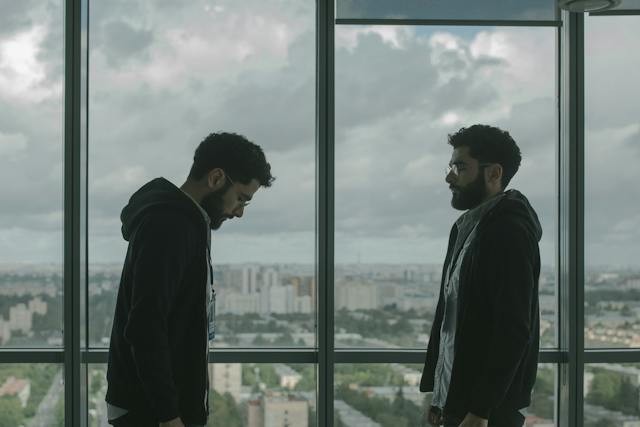
Biggest Cloning Misconception: Clone and Donor The Same? No, They're Not
Cloning has been something people only see in movies until it becomes a reality. Although some scientists believe it presents benefits, there are still some concerns and misconceptions about it.
Clones Do Not Necessarily Look The Same
In the movies we normally see, clones appear like identical twins- the same face, height, and build. In some instances, they are portrayed with the same personalities, making it harder for those unaware of a clone's existence to distinguish that they are already talking to a different person.
However, clones don't necessarily look like the original person from whom the DNA was taken.
Clones may not look or behave the same even though they share the same DNA due to random mutations that arise in their DNA during womb development or environmental factors throughout childhood development.
Also, per Tina Hesman Saey, genetic doubles "use their DNA differently by birth...they can profoundly influence how the DNA blueprint is used to create and operate a living organism by regulating the activity of certain genes." Because of these epigenetic variations, the clone might not resemble the original person's appearance or physical ability, just like in this photo.
Clones and the Originals Are Different Persons
Although they share the same look and even if there are similarities in their personalities, it's a fact that they are different, which is something that can't be denied.
Despite having the same genome, the donor and the clone could have the same outward appearance, but they would be distinct people on the inside. Per Karen Weintraub, The upbringing and experiences we encounter throughout our lives contribute to our identity and individuality.
Not even identical twins or clones exist in nature. Despite sharing the same genome, they differ in personality, character, interests, or fashion sense. They become distinct people as they become older.
ALSO READ: Cloned Rhesus Monkey in China Survives Into Adulthood, Marking a First in Primate Cloning
Cloning Produces a Baby, Not an Adult
In the sci-fi films and books we are exposed to, cloning produces someone as old as the original. However, the process doesn't work that way. The clone will start as a baby, so they aren't a suitable replacement for lost loved ones.
For instance, you would want a cloned loved one - a spouse -to be the same age as you when they are replicated, but this is not feasible. Should you want to clone yourself right now, it would take years for the clone to mature and catch up to you.
There is currently no method for you to get a clone that is precisely at the same developmental stage as you unless you are cloned at birth. Also, the clone grows into adulthood, just like a regular person.
Cloning Fails Majority of the Time
There are various claims about using cloning to cure illnesses like diabetes and degenerative brain diseases. However, the process is no easy feat.
Ninety-five to 97% of attempts to clone animals still fail, and it took the scientists 276 tries before they could successfully clone an adult sheep and produce a live copy of Dolly.
After successfully cloning Dolly, the sheep, Ian Wilmut and his colleagues at the Roslin Institute near Edinburgh in Scotland and his team noticed that the likelihood of pregnancy losses and abnormal births is very high. Not only does the cloning process have a low success rate, but the viable clone suffers an increased risk of severe genetic malformation, cancer, or a shortened lifespan. Another lamb "developed lung problems that caused it to hyperventilate and regularly pass out" when they attempted to clone it in their lab.
RELATED ARTICLE: Is Pet Cloning A Good Idea? Here's Why the Rich Society Spends Up to $50,000 to Clone Their Fur Babies
Check out more news and information on Cloning in Science Times.














